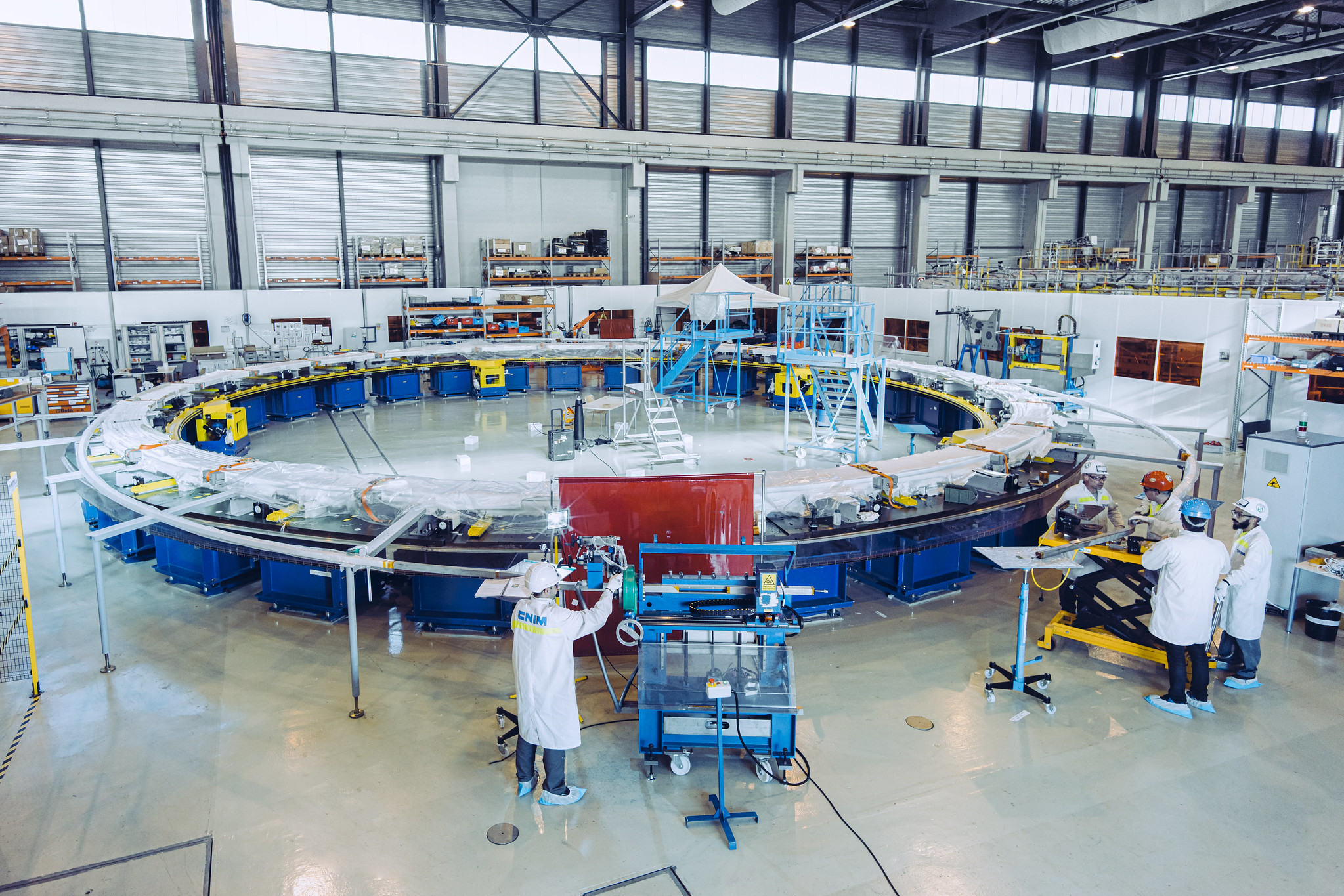Fusion for Energy (F4E), the developer of a $19bn project to build a fusion reactor in the south of France, announced today that it has extended its contract with the Engage Consortium until 2025.
Engage, which is made up of Assystem and Egis of France, Atkins of Canada and Spain’ Empresarios Agrupados, will continue to be responsible for ITER’s buildings and civil engineering. This will include, next year, the construction of the building that will house the Tokamak reactor, which is scheduled to begin producing plasma in 2025.
Engage was appointed to the scheme in 2010, since when it has delivered six buildings at the site. The consortium estimates that it has completed 3,700,000 hours of work from around 300 expert engineers and designers working around the clock. The renewal of the contract is worth about $30m.
Laurent Schmieder, F4E’s programme manager for buildings, infrastructure and power, said: “The prolongation of our collaboration with the Engage consortium relies on the solid partnership, which has been established step-by-step since the contract signature. It’s a clear demonstration of our determination to conclude together the design and construction of all buildings of the most ambitious project in the field of fusion energy.”

Work under way at a factory in Cadarache on one of the reactor’s five coils (ITER)
Hubert Labourdette, managing director of Engage, said: “Thanks to the high level of collaboration with F4E and all stakeholders of the project, we have collectively succeeded in delivering the buildings of one of the most complex and challenging projects in the world. This extension from F4E is a recognition of our added value and contribution. It reinforces our commitment to support the successful delivery of ITER, which is crucial for future generations.”
The ITER scheme, which is being built in Cadarache, about 30km northeast of Marseille, will be the world’s largest experimental fusion facility. The European Union is contributing almost half of the costs of its construction, with China, India, Japan, Korea, Russia and the US splitting the rest equally.
F4E was created by a decision of the Council of the European Union as an independent legal entity and was established in April 2007 for a period of 35 years.
Top image: An aerial view of the construction site (ITER)
Further reading:










